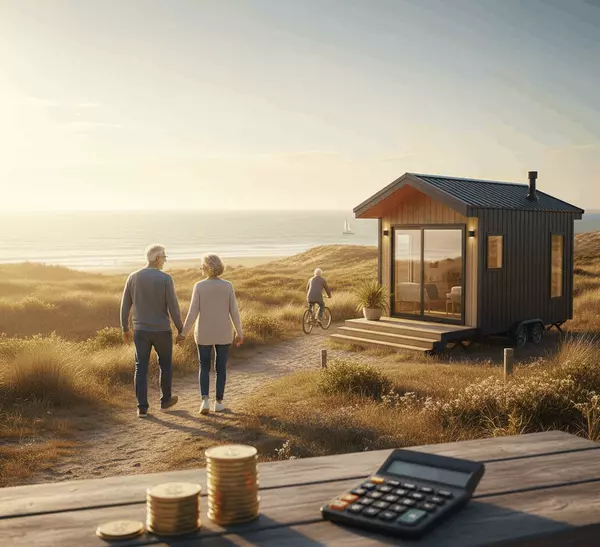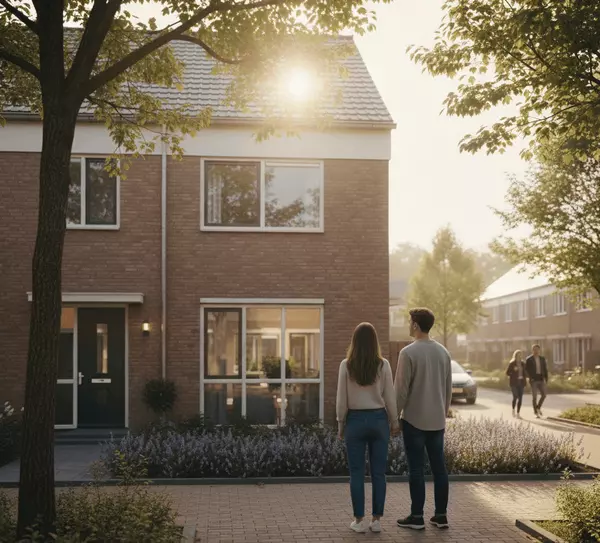Downsizing Isn’t Just About Space: It’s About Freedom
Thinking smaller sounds sad until you do the math. Then it sounds like relief. Downsizing can cut your mortgage, utility bills, property taxes, and maintenance — and maybe give you a pile of equity to do something useful with. Want to see what your monthly savings would be? DM me. No pressure. Just numbers.
Why downsizing feels so good (and not just emotionally)
Beyond decluttering your life, a smaller home usually means lower recurring costs. Less house = fewer surprises: smaller heating and cooling bills, fewer rooms to repaint, less roof to fix, and often a smaller mortgage.
And if you live in Nevada — hello, no state income tax — that can make a lump-sum from a sale go even farther. But don’t start daydreaming about an island escape yet. There are real steps to consider to keep this a win, not a headache.
What costs actually drop (and what to watch out for)
- Mortgage payment: A lower purchase price or tapping into equity to pay down a new mortgage cuts monthly payments.
- Utilities: Heating, cooling, water and electric bills usually fall with square footage.
- Property taxes: Smaller assessed value often means smaller taxes, though rate changes or special assessments can affect this.
- Maintenance and repairs: Less roof, fewer systems, smaller yards — fewer chores and lower costs.
- One-time costs to budget: Moving, staging, realtor fees, and possible short-term storage. These are real, but almost always worth it if you plan right.
How to estimate your monthly savings (simple, no spreadsheet required)
Here’s a quick way to ballpark savings before you call anyone:
- Find your current monthly housing cost: mortgage, HOA, taxes, insurance.
- Estimate the monthly cost of a smaller place you could buy or rent.
- Compare average utility bills for both homes (ask me — I can pull local comps).
- Add likely maintenance and yard costs for each home.
- Subtract the smaller-home total from your current total. That’s your monthly savings.
Example: Say your current total is about $3,200/month. A smaller home might be $1,800/month. Utilities and upkeep might drop another $300. That’s roughly $1,700 saved every month. Over a year, that’s more than $20,000 — which is not pocket change.
Who should consider downsizing now?
If rising costs are making you nervous, or your kids have moved out and you’re left echoing through rooms, downsizing is worth a look. Also smart if you want to free up equity for travel, investing, or simply padding your retirement budget.
Next steps — quick and useful
Want a real, customized calculation for your situation? DM me the basics — current mortgage, estimated value of your home, and what size house you’re thinking about. I’ll run numbers, show you realistic local comps, and point out any upfront costs you should expect.
Share this with a homeowner who’s tired of rising costs. Or don’t — but don’t be surprised if your neighbor downsizes and suddenly has better sunglasses.
Downsizing Savings FAQ: How Moving to a Smaller Home Cuts Mortgage, Utilities & Taxes
Categories
Recent Posts










GET MORE INFORMATION

